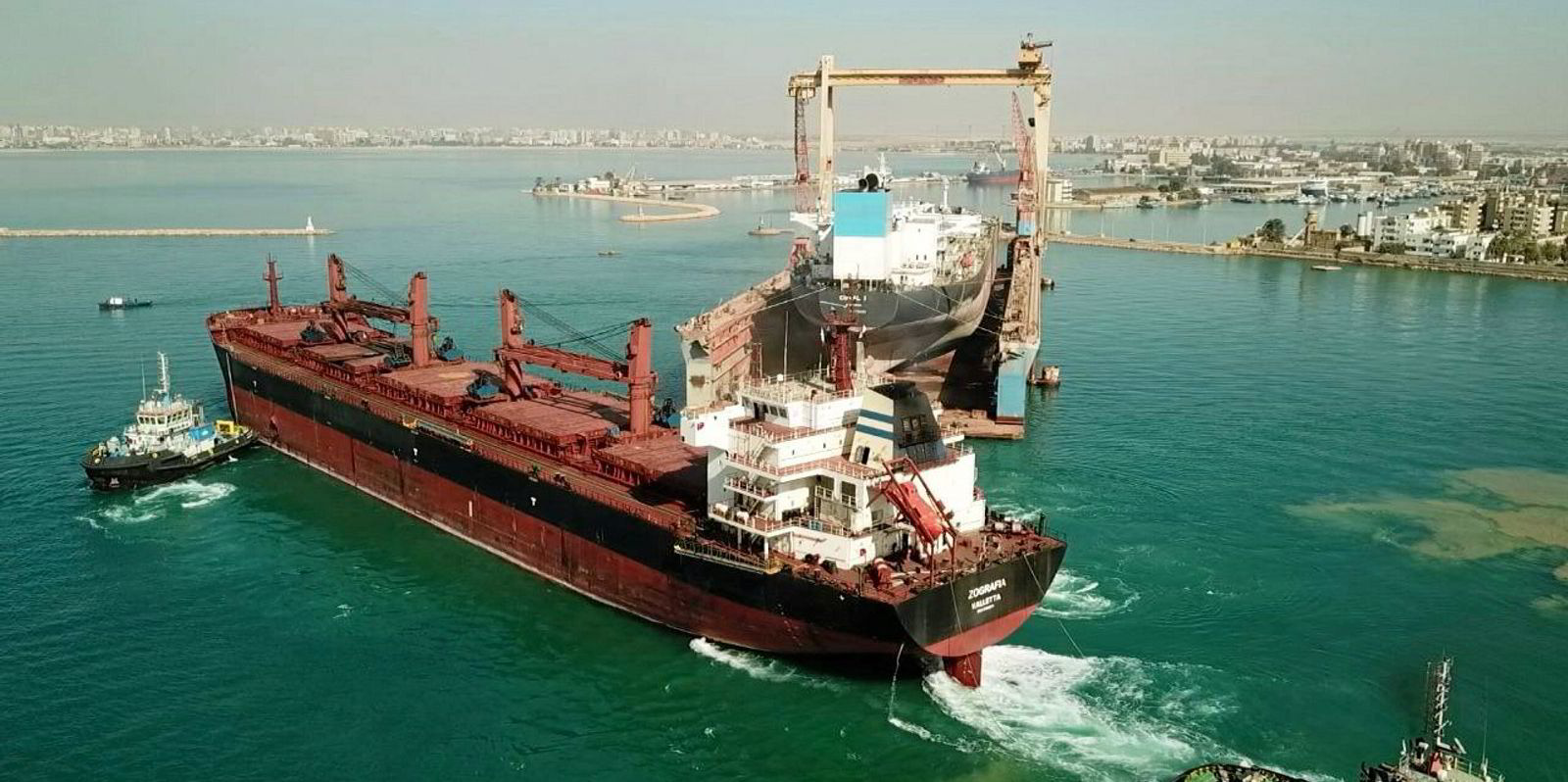The double whammy of the Russian invasion of Ukraine and Houthi attacks in the Red Sea has driven tanker tonne-miles to record highs in 2024, according to the International Energy Agency.
The rerouting of vessels around the Cape of Good Hope contributed to tonne-miles hitting 49.1bn per day, an increase of 6.5% from January, the IEA said in its latest monthly oil report.
The figure compared with an average of 44.5bn tonne-miles in 2018-2019 and a high of 47.1bn during the Covid-19 pandemic, it said.
“Escalating geopolitical developments have propelled oil tanker tonne-miles to record high levels in 2024,” it said.
The impact of the Houthi attacks “follows the upheaval in shipping flows from sanctions on Russian oil implemented in 2022-2023”.
“As a result, liquid tanker tonne-miles have soared to their highest level over the past five years.”
While tonne-miles have increased — reflecting record volumes and distance shipped — freight rates for crude carriers softened in March as refiners reduced maintenance operations, leading to an abundance of ships.
VLCC rates remained relatively steady, while smaller crude carriers hit their lowest levels since early October 2023, it added.
The tonne-mileage data backs research by Fearnley Securities and Vortexa this month highlighting strong market conditions for tankers.

Traffic through the Suez Canal was down 64% in March compared with a year earlier, according to the International Monetary Fund-backed PortWatch project.
Total shipping volume equivalent to 2% of 2023 global maritime trade has been diverted from the Red Sea since mid-December, it said. That was equivalent to about 2,900 ships.
Fearnley analysts Oystein Vaagen and Fredrik Dybwad said the likely continuation of the high tonne-miles beyond the refinery maintenance season would make tanker stocks attractive entering the stronger winter markets.
Long-term prospects
The longer-term prospects for the tanker sector are tied in part to global demand and differing opinions on when “peak oil” will be reached before the energy transition takes hold.
The IEA report — which maintains that peak oil will be reached by “the turn of the decade” — said 10 countries will be the key drivers over the next year, predominantly in Asia.
China will lead the way with expected growth in demand of 540,000 barrels per day this year, along with India, Brazil, Saudi Arabia and Singapore, because of a surge in demand for bunker fuel owing to the longer distances travelled by shipping due to the geopolitical crises. Together they will add almost 1m bpd of demand this year, according to the IEA.
Five other nations — Thailand, Malaysia, Indonesia, Vietnam and the United Arab Emirates — will add a further 260,000 bpd as aviation markets complete their rebound from the pandemic.
The IEA said overall global oil demand growth will slow to 1.2m bpd in 2024 and 1.1m bpd next year, with the post-Covid rebound complete and electric car use expanding.
The muted growth prediction contrasts with Opec’s forecasts published on Thursday, which forecast world oil demand to increase by 2.25m bpd this year and by a further 1.85m bpd in 2025.
Read more
- Houthis confirm strike attempt on Maersk ship and targeting of MSC vessels
- Tankers in pole position as crises and economic woes trigger uncertainty in shipping
- Swiss trader Mercuria Energy plots LNG expansion as huge profit rolls in
- US shoots down Houthi missile ‘likely’ targeting Maersk container ship off Yemen
- Ship fire claims spike to highest in a decade as larger vessels add to risks






